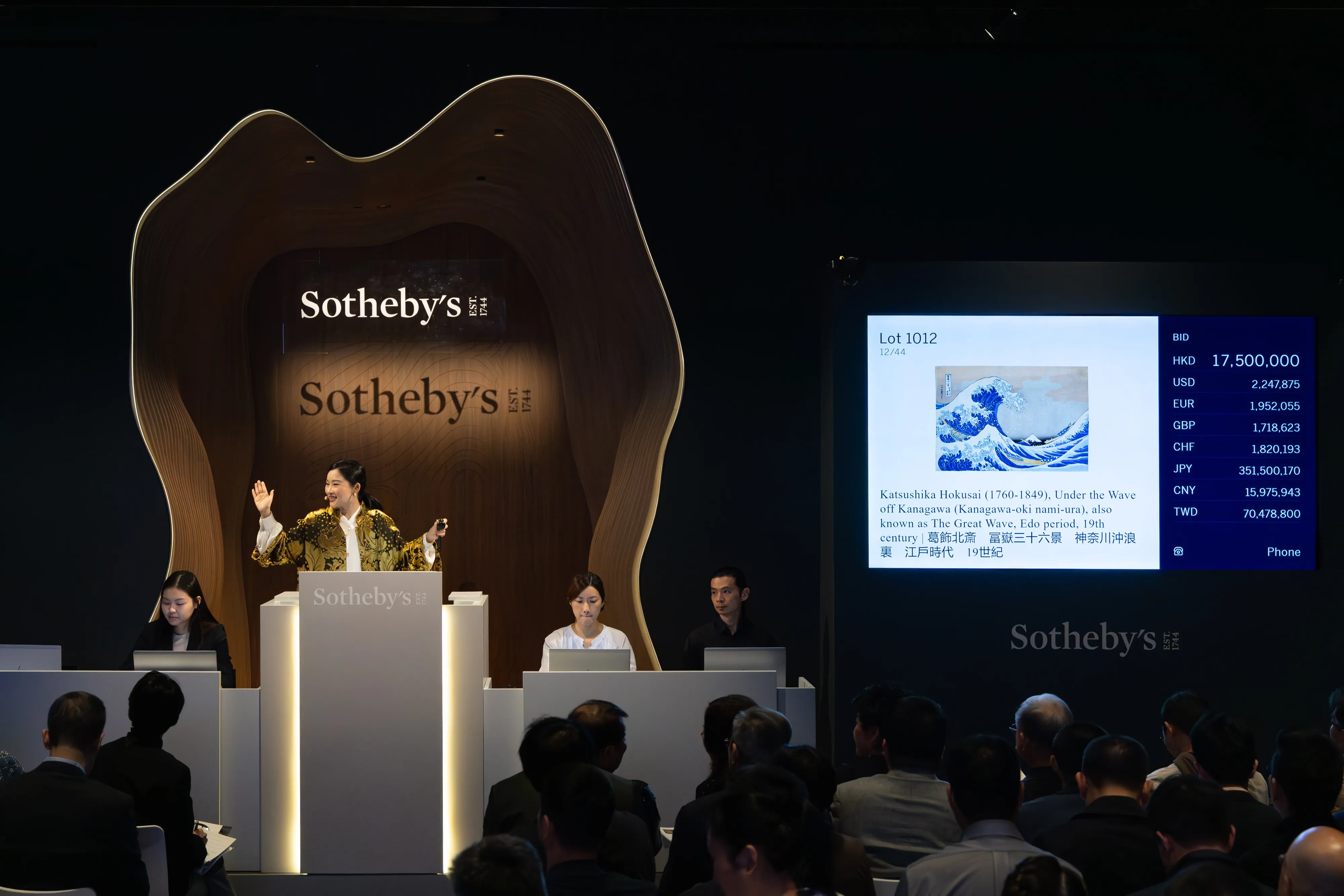Although “Stranger in the North” was actually released last year as part of Malaysian rapper Namewee’s album Crossover Asia, it only started to draw attention after the music video dropped on March 4. Since then, Namewee’s collaboration with Taiwanese-American pop star Wang Leehom has racked up over 32 million views on YouTube alone, thanks perhaps mostly to the sheer size of Wang Leehom’s star power – after all, he is known as one of the “New Four Heavenly Kings” of Mandopop.
But the song’s theme is well worth the attention on its own. As Wang Leehom belts in the chorus:
I drifted to the north
Don’t ask about my hometown
Not even the towering old city walls can hold back that sorrow
“Stranger in the North” is an epic rap anthem for the struggles of beipiao, or Beijing drifters. They are the people who make up the capital’s increasingly diverse “floating population” — the millions of migrants who leave their hometowns and even families behind in search of opportunity but lack the Beijing residence permit (hukou), barring them from obtaining basic services like education and health insurance. The term beipiao is a catchall for anyone working in Beijing without the Beijing hukou, from rural laborers to white-collar workers and even the scrappy musician that Namewee portrays in the music video.
Something can be said about the fact that it’s Wang Leehom and Namewee – both technically not Chinese (Wang is American by nationality), let alone beipiao – who take on the first-person here. But the song is a bitter elegy for beipiao all the same. “So many people couldn’t win against harsh reality / and then vanished without a trace / So many people have fallen into a stupor / and leave only a lifeless shell,” Namewee practically shouts. “Rest in Peace.”
Those behind the Great Firewall can watch the music video to Stranger in the North here.
H/T Nitai Deitel
Yin (音, “music”) is a weekly Radii feature that looks at Chinese songs spanning classical to folk to modern experimental, and everything in between. Drop us a line if you have a suggestion: [email protected].
















